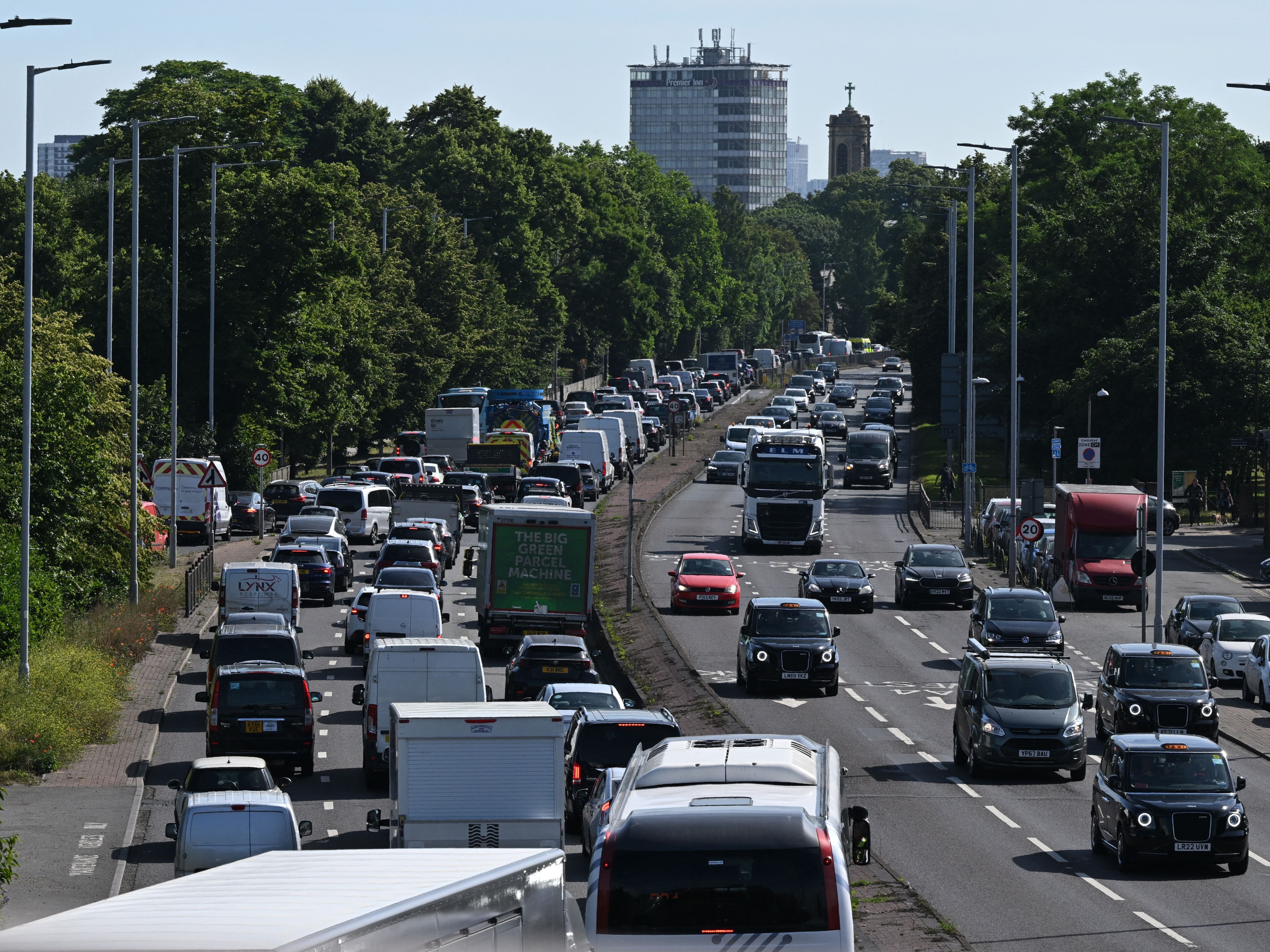Terrorists could hijack remote cars and use them as weapons to ‘maintain emotional distance from victims’
Law Commission raises concerns technology could make it ‘easier’ to use vehicles for attacks

Your support helps us to tell the story
From reproductive rights to climate change to Big Tech, The Independent is on the ground when the story is developing. Whether it's investigating the financials of Elon Musk's pro-Trump PAC or producing our latest documentary, 'The A Word', which shines a light on the American women fighting for reproductive rights, we know how important it is to parse out the facts from the messaging.
At such a critical moment in US history, we need reporters on the ground. Your donation allows us to keep sending journalists to speak to both sides of the story.
The Independent is trusted by Americans across the entire political spectrum. And unlike many other quality news outlets, we choose not to lock Americans out of our reporting and analysis with paywalls. We believe quality journalism should be available to everyone, paid for by those who can afford it.
Your support makes all the difference.Terrorists could hijack remote vehicles to use as weapons without needing to be involved in the crash themselves, the Law Commission of England and Wales has warned.
Remote driving technology is already in use for moving vehicles in controlled environments such as warehouses, farms and mines, raising the need to establish how such vehicles could be regulated on public roads.
To this end, the Department for Transport (DfT) has asked the Law Commission to review the legal status of remote driving.
The commission has launched a public consulation on the matter, and has published an initial paper on how vehicles on public roads could be controlled by an individual who is potentially several miles away.
Under current road traffic law, there is no express legal requirement for a driver to be within their vehicle, but a number of regulations have been highlighted as “problematic” to remote driving, the commission said.
One particular area of concern is cybersecurity – and how an unauthorised takeover of such a vehicle can be prevented.
“An allied concern is that a driver might find it easier to use a vehicle as a terrorist weapon if they are remote,” the paper states. “This because they would not be involved in the crash and would be able to maintain some emotional distance from their victims.”
It adds: “Employers may need to vet remote driving staff, both to maintain the integrity of their systems and to prevent terrorists from being attracted to the remote driver role.”
Calling the cybersecurity aspect “an issue of acute public concern”, the commission said the Society of Motor Manufacturers and Traders had previously noted that failure in this area may “undermine public confidence in the technology” and also “present genuine risks to public safety”.
Cybersecurity will need to be considered by both the designers and manufacturers of remote driving technologies as well as the operator of such a system, the commission said.
It pointed to government guidance on cybersecurity for connected and automated vehicles which emphasises security-by-design and insists vehicles must be “designed to be resilient to attacks”.
Other safety challenges highlighted by the paper published on Friday include the consequences of connectivity between driver and vehicle being lost, and how remote drivers can be aware of a vehicle's surroundings.
The use of remote drivers on public roads in England is already being trialled in Milton Keynes, according to the paper, as a means to make it easier to return cars used to ferry groups of commuters to work in a car-share scenario, without having to hire a driver to return the car to the suburbs to pick up the next group.
There are currently safety drivers within the vehicles, but the hope is to remove them by the end of 2022, the commission states, adding that the same prospect has also been trialled in Berlin.
“Remote driving technology is already capable of being used on our roads,” public law commissioner Nicholas Paines QC said.
“We hope our issues paper can contribute to a healthy debate about the appropriate regulation of this technology and what can be done to maximise protection of road users while encouraging innovation. We look forward to hearing views on the challenges and possible ways to solve them.”
Jack Cousens, head of roads policy for the AA, said remote driving “could see the novelty of controlling a child's toy evolve into a legal form of transport”, adding: “James Bond gave the world a peek into the future in 1997. The real world has finally caught up with those silver screen ambitions.”
“While trials of remote driving are currently under way in Milton Keynes, extending the capability to potentially allow all drivers to sit miles away and 'drive' a car will need extensive testing, tough regulation and a conversation that brings the public along for the journey,” Mr Cousens said.
“While not wishing to stand in the way of progress, most drivers just want the basics solved, such as keeping roads pothole-free.”

